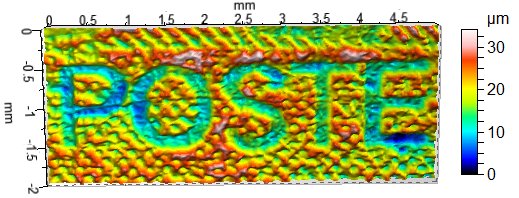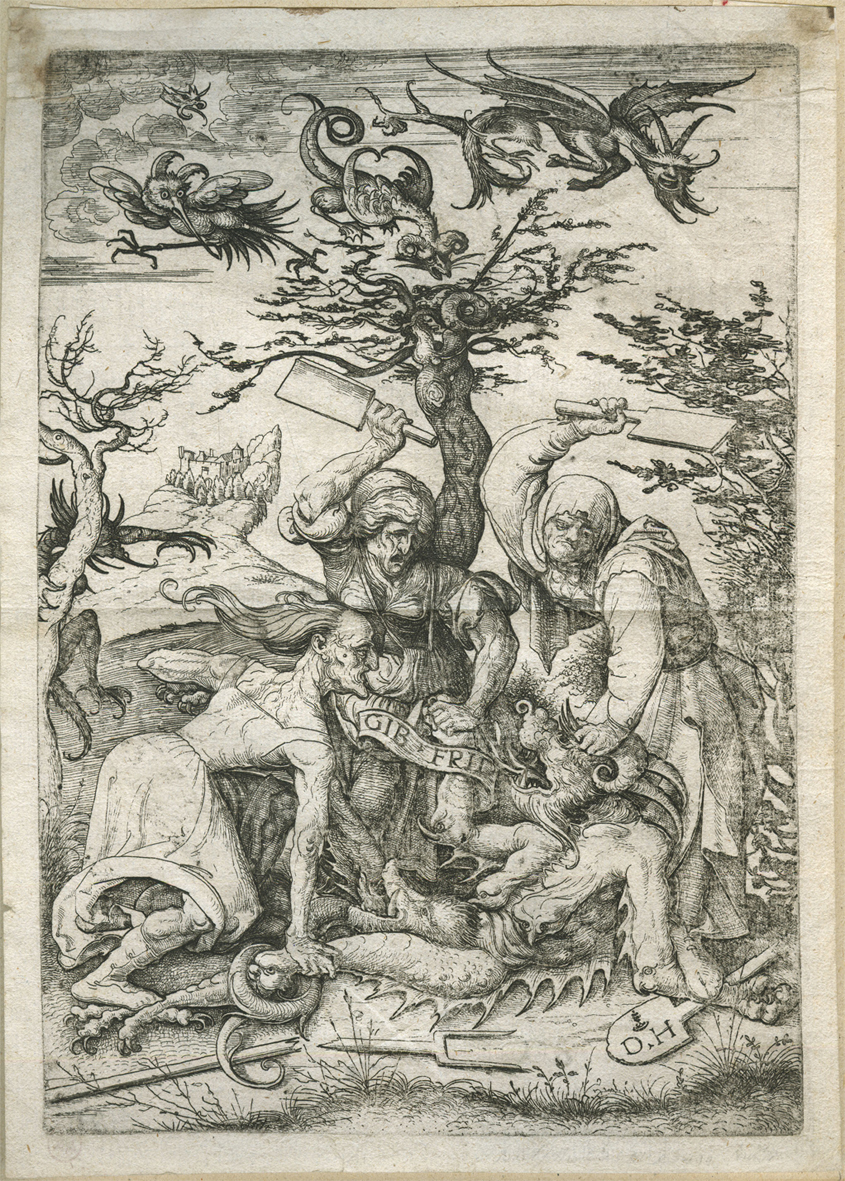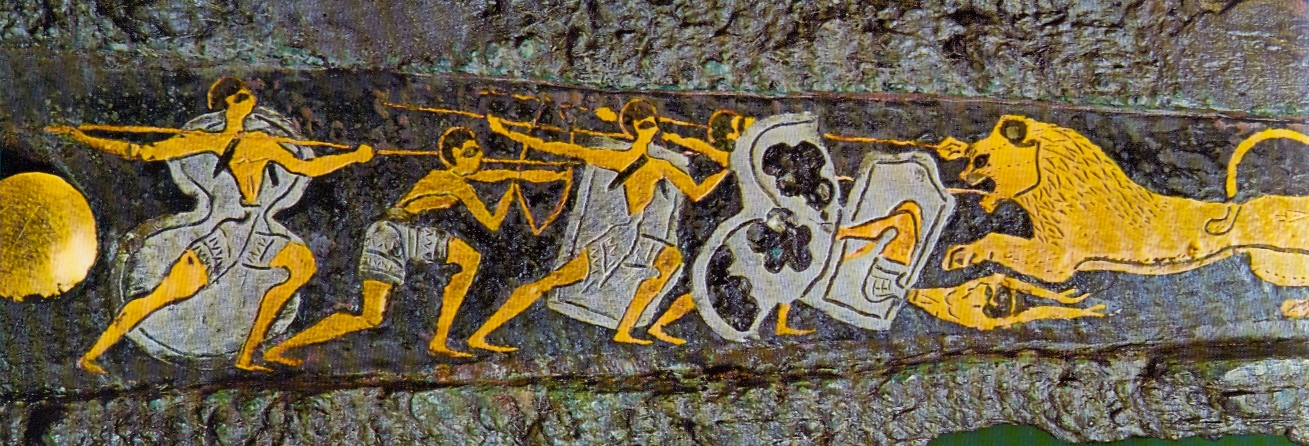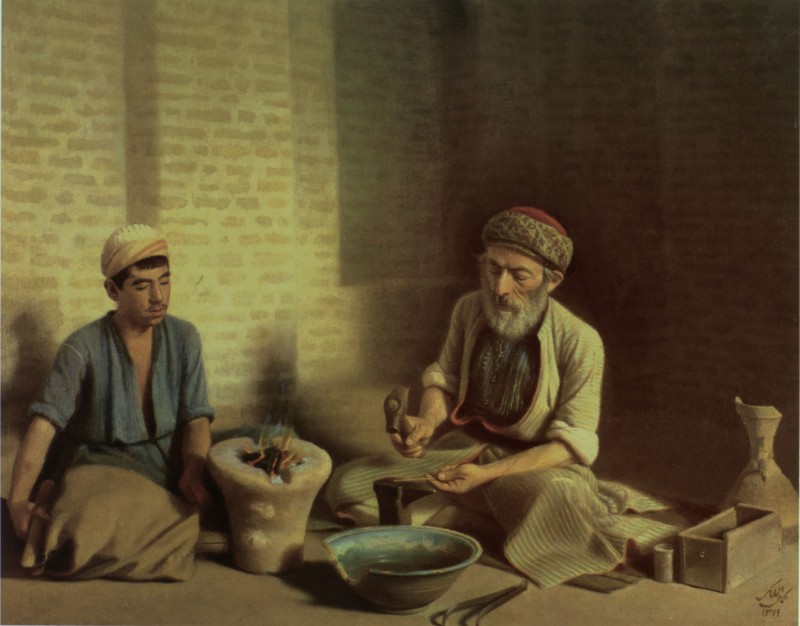|
Intaglio Printmaking
Intaglio ( ; ) is the family of printing and printmaking techniques in which the image is incised into a surface and the incised line or sunken area holds the ink. It is the direct opposite of a relief print where the parts of the matrix that make the image stand ''above'' the main surface. Normally, copper or in recent times zinc sheets, called plates, are used as a surface or matrix, and the incisions are created by etching, engraving, drypoint, aquatint or mezzotint, often in combination. Collagraphs may also be printed as intaglio plates. After the decline of the main relief technique of woodcut around 1550, the intaglio techniques dominated both artistic printmaking as well as most types of illustration and popular prints until the mid 19th century. Process In intaglio printing, the lines to be printed are cut into a metal (e.g. copper) plate by means either of a cutting tool called a burin, held in the hand – in which case the process is called ''engraving''; or thr ... [...More Info...] [...Related Items...] OR: [Wikipedia] [Google] [Baidu] |
Illustration
An illustration is a decoration, interpretation or visual explanation of a text, concept or process, designed for integration in print and digital published media, such as posters, flyers, magazines, books, teaching materials, animations, video games and films. An illustration is typically created by an illustrator. Digital illustrations are often used to make websites and apps more user-friendly, such as the use of emojis to accompany digital type. llustration also means providing an example; either in writing or in picture form. The origin of the word "illustration" is late Middle English (in the sense ‘illumination; spiritual or intellectual enlightenment’): via Old French from Latin ''illustratio''(n-), from the verb ''illustrare''. Illustration styles Contemporary illustration uses a wide range of styles and techniques, including drawing, painting, printmaking, collage, montage, digital design, multimedia, 3D modelling. Depending on the purpose, illustra ... [...More Info...] [...Related Items...] OR: [Wikipedia] [Google] [Baidu] |
Photogravure
Photogravure (in French ''héliogravure'') is a process for printing photographs, also sometimes used for reproductive intaglio printmaking. It is a photo-mechanical process whereby a copper plate is grained (adding a pattern to the plate) and then coated with a light-sensitive gelatin tissue which had been exposed to a film positive, and then etched, resulting in a high quality intaglio plate that can reproduce detailed continuous tones of a photograph. The process was important in 19th-century photography, but by the 20th century was only used by some fine art photographers. By the mid-century it was almost extinct, but has seen a limited revival. History History of process The earliest forms of photogravure were developed by two original pioneers of photography itself, first Nicéphore Niépce in France in the 1820s, and later Henry Fox Talbot in England. Niépce was seeking a means to create photographic images on plates that could then be etched and used to make prints o ... [...More Info...] [...Related Items...] OR: [Wikipedia] [Google] [Baidu] |
Karel Klíč
Karel Václav Klíč (sometimes written Karl Klietsch, 30 May 1841, Hostinné – 16 November 1926, Vienna) was a Czech painter, photographer, early comics artist, caricaturist, lithographer and illustrator. He was one of the inventors of photogravure (''heliogravura'' in Czech). Klíč had such artistic talent that he was admitted into the Art Academy in Prague at the age of 14. For ridiculing school officials he was soon expelled, but eventually finished the school in 1862. Klíč worked as a photographer, caricaturist and illustrator in Brno Brno ( , ; german: Brünn ) is a city in the South Moravian Region of the Czech Republic. Located at the confluence of the Svitava and Svratka rivers, Brno has about 380,000 inhabitants, making it the second-largest city in the Czech Republic ..., Budapest and Vienna, all the time trying to improve the technology of picture reproduction. During a long night in 1877, while working with zinc relief etching, he discovered, by chanc ... [...More Info...] [...Related Items...] OR: [Wikipedia] [Google] [Baidu] |
Daniel Hopfer
Daniel Hopfer (circa 1470 in Kaufbeuren – 1536 in Augsburg) was a German artist who is widely believed to have been the first to use etching in printmaking, at the end of the fifteenth century. He also worked in woodcut. Although his etchings were widely ignored by art historians for years, more recent scholarship is crediting him and his work with "single-handedly establishing the salability of etchings" and introducing the print publisher business model. Unlike most later prints, etched on copper plates, Hopfer's printed etching continued to use the iron plates he was used to working with in steel plate armour, the material he was trained in, and with which he continued to work. Life The son of Bartholomäus Hopfer, a painter, and his wife Anna Sendlerin, Daniel moved to Augsburg early in his life, and acquired citizenship there in 1493. In 1497 he married Justina Grimm, sister of the Augsburg publisher, physician and druggist Sigismund Grimm. The couple had three sons, Jörg, ... [...More Info...] [...Related Items...] OR: [Wikipedia] [Google] [Baidu] |
Housebook Master
Master of the Housebook and Master of the Amsterdam Cabinet are two names used for an engraver and painter working in South Germany in the last quarter of the 15th century. He is apparently the first artist to use drypoint, a form of engraving, for all of his prints (other than woodcuts he may have designed). The first name derives from his book of drawings with watercolour, called the Medieval Housebook, which belonged to the German noble family of Waldburg-Wolfegg from the 17th century until 2008, when they were reported to have sold it for €20 million to a Swiss buyer; however, the legality of its sale for export has been challenged and, for the moment, it remains with the family. In 1999, the book was lent to the National Gallery of Art in Washington, D.C., for an exhibitionThe majority of his surviving prints are in the print room at the Rijksmuseum in Amsterdam, hence his second name. Most, but not all, art historians still agree that the Housebook and the prints are by ... [...More Info...] [...Related Items...] OR: [Wikipedia] [Google] [Baidu] |
Drypoint
Drypoint is a printmaking technique of the intaglio family, in which an image is incised into a plate (or "matrix") with a hard-pointed "needle" of sharp metal or diamond point. In principle, the method is practically identical to engraving. The difference is in the use of tools, and that the raised ridge along the furrow is not scraped or filed away as in engraving. Traditionally the plate was copper, but now acetate, zinc, or plexiglas are also commonly used. Like etching, drypoint is easier to master than engraving for an artist trained in drawing because the technique of using the needle is closer to using a pencil than the engraver's burin. The term is also used for inkless scratched inscriptions, such as glosses in manuscripts. Lines and burrs The lines produced by printing a drypoint are formed by the burr thrown up at the edge of the incised lines, in addition to the depressions formed in the surface of the plate. A larger burr, formed by a steep angle of the tool, wil ... [...More Info...] [...Related Items...] OR: [Wikipedia] [Google] [Baidu] |
Albrecht Dürer
Albrecht Dürer (; ; hu, Ajtósi Adalbert; 21 May 1471 – 6 April 1528),Müller, Peter O. (1993) ''Substantiv-Derivation in Den Schriften Albrecht Dürers'', Walter de Gruyter. . sometimes spelled in English as Durer (without an umlaut) or Duerer, was a German painter, printmaker, and theorist of the German Renaissance The German Renaissance, part of the Northern Renaissance, was a cultural and artistic movement that spread among Germany, German thinkers in the 15th and 16th centuries, which developed from the Italian Renaissance. Many areas of the arts and .... Born in Free Imperial City of Nuremberg, Nuremberg, Dürer established his reputation and influence across Europe in his twenties due to his high-quality List of woodcuts by Dürer, woodcut prints. He was in contact with the major Italian artists of his time, including Raphael, Giovanni Bellini, and Leonardo da Vinci, and from 1512 was patronized by Holy Roman Emperor, Emperor Maximilian I, Holy Roman Emperor, Ma ... [...More Info...] [...Related Items...] OR: [Wikipedia] [Google] [Baidu] |
Martin Schongauer
Martin Schongauer (c. 1450–53, Colmar – 2 February 1491, Breisach), also known as Martin Schön ("Martin beautiful") or Hübsch Martin ("pretty Martin") by his contemporaries, was an Alsatian engraver and painter. He was the most important printmaker north of the Alps before Albrecht Dürer, a younger artist who collected his work. Schongauer is the first German painter to be a significant engraver, although he seems to have had the family background and training in goldsmithing which was usual for early engravers. The bulk of Schongauer's surviving production is 116 engravings, all with his monogram but none dated, which were well known not only in Germany, but also in Italy and even made their way to England and Spain. Vasari says that Michelangelo copied one of his engravings, in the '' Trial of Saint Anthony''. His style shows no trace of Italian influence, but a very clear and organised Gothic, which draws from both German and Early Netherlandish painting. Rece ... [...More Info...] [...Related Items...] OR: [Wikipedia] [Google] [Baidu] |
Antony Griffiths
Antony Vaughan Griffiths, (born 28 July 1951) is a British museum curator and art historian, specialising in prints and drawings. From 1991 to 2011, he served as Keeper of the Department of Prints and Drawings, British Museum. He was Slade Professor of Fine Art at the University of Oxford for the 2014/2015 academic year. Early life and education Griffiths was born on 28 July 1951. He was educated at Highgate School, then an all-boys independent school in Highgate, London. He studied Classics ("Greats") at Christ Church, Oxford, graduating with a Bachelor of Arts (BA) degree, and art history at the Courtauld Institute of Art, University of London, graduating with a Master of Arts (MA) degree.'GRIFFITHS, Antony Vaughan', ''Who's Who 2017'', A & C Black, an imprint of Bloomsbury Publishing plc, 2017; online edn, Oxford University Press, 2016; online edn, Nov 201accessed 5 Oct 2017/ref> Career Griffiths joined the British Museum's Department of Prints and Drawings as an Assistant ... [...More Info...] [...Related Items...] OR: [Wikipedia] [Google] [Baidu] |
Niello
Niello is a black mixture, usually of sulphur, copper, silver, and lead, used as an inlay on engraved or etched metal, especially silver. It is added as a powder or paste, then fired until it melts or at least softens, and flows or is pushed into the engraved lines in the metal. It hardens and blackens when cool, and the niello on the flat surface is polished off to show the filled lines in black, contrasting with the polished metal (usually silver) around it. It may also be used with other metalworking techniques to cover larger areas, as seen in the sky in the diptych illustrated here. The metal where niello is to be placed is often roughened to provide a key. In many cases, especially in objects that have been buried underground, where the niello is now lost, the roughened surface indicates that it was once there. Statistical consideration Niello was used on a variety of objects including sword hilts, chalices, plates, horns, adornment for horses, jewellery such as bra ... [...More Info...] [...Related Items...] OR: [Wikipedia] [Google] [Baidu] |
Goldsmith
A goldsmith is a metalworker who specializes in working with gold and other precious metals. Nowadays they mainly specialize in jewelry-making but historically, goldsmiths have also made silverware, platters, goblets, decorative and serviceable utensils, and ceremonial or religious items. Goldsmiths must be skilled in forming metal through filing, soldering, sawing, forging, casting, and polishing. The trade has very often included jewelry-making skills, as well as the very similar skills of the silversmith. Traditionally, these skills had been passed along through apprenticeships; more recently jewelry arts schools, specializing in teaching goldsmithing and a multitude of skills falling under the jewelry arts umbrella, are available. Many universities and junior colleges also offer goldsmithing, silversmithing, and metal arts fabrication as a part of their fine arts curriculum. Gold Compared to other metals, gold is malleable, ductile, rare, and it is the only ... [...More Info...] [...Related Items...] OR: [Wikipedia] [Google] [Baidu] |



.jpg)


%2C_Portrait_of_Artist's_Wife%2C_drypoint%2C_ca_1905%2C_11.5x7.7_cm.jpg)

.jpg)

